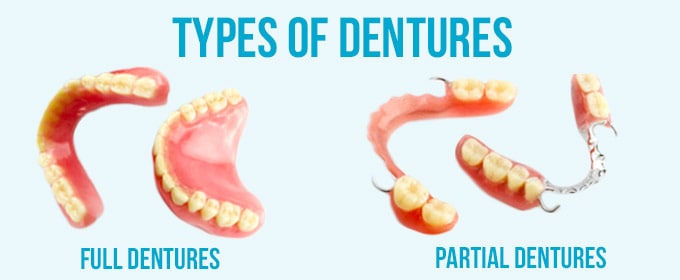A cracked tooth is like a sudden, sharp note in the symphony of your everyday life. It’s an unpleasant surprise that puts you in a difficult dental situation. Do you get rid of the cracked tooth or try to save it with a root canal? Many people find themselves at this dental fork in the road, debating the merits and disadvantages of extraction versus root canal therapy (RCT). With the help of Dr. Chirag Chamria of Royal Dental Clinics, let’s take a tour through the complex world of dentistry.
Understanding Cracked Teeth
Teeth cracks present a dental maze where suffering and decision-making collide. In order to traverse this complex terrain, let’s take a comprehension journey together, delving into the subtleties of what constitutes a tooth crack, the circumstances that lead to its vulnerability, and the critical role that early identification plays in maintaining the harmony of your teeth.
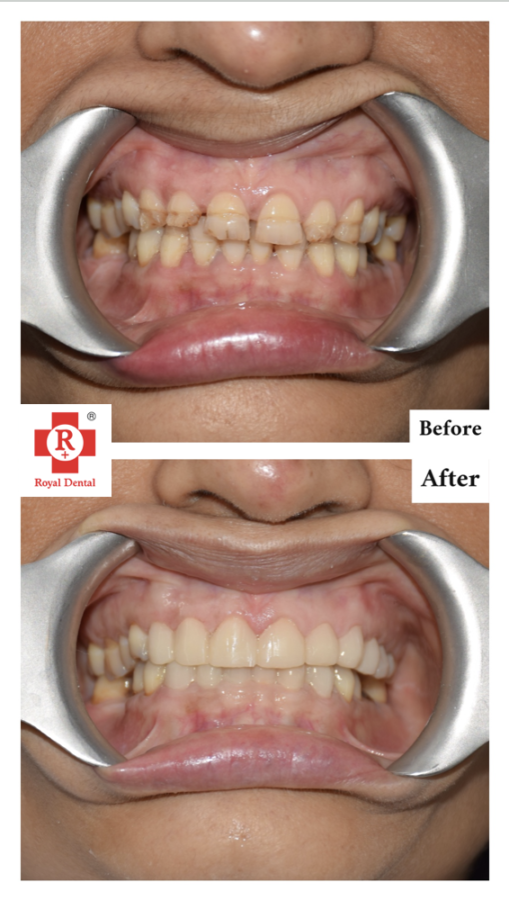
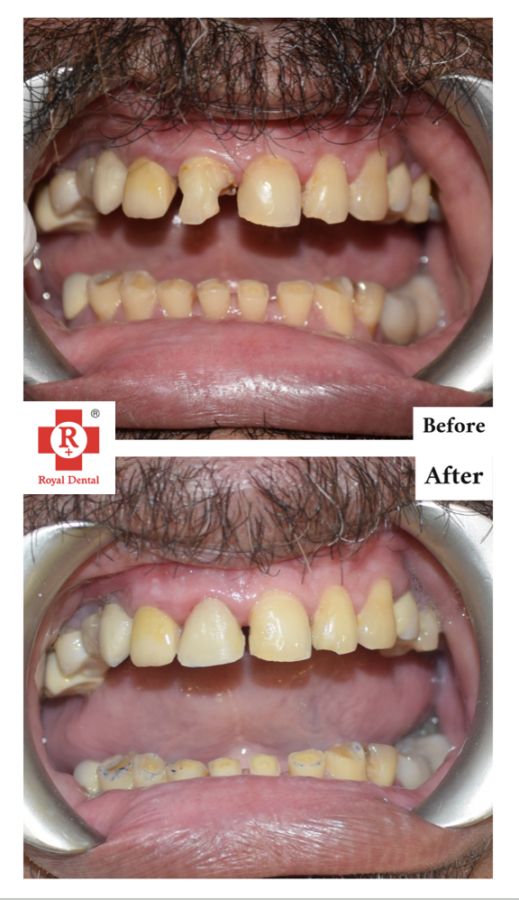
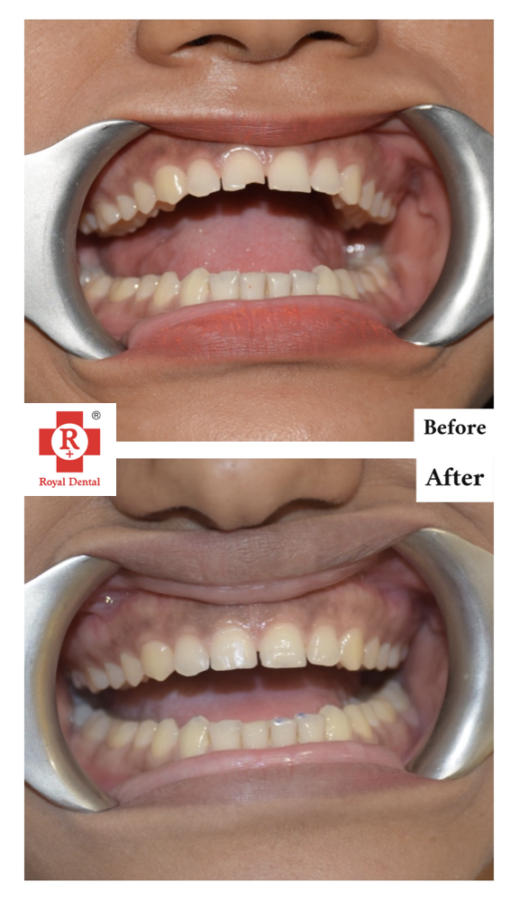
Explanation of what constitutes a cracked tooth
Imagine your tooth as a strong fortress, with its hard outer layers protecting the sensitive pulp within like a powerful shield. This barrier of defense is essentially compromised by a fractured tooth.
Cracks can appear in a variety of ways, ranging from shallow lines that are hardly noticeable to the unaided eye to extensive fractures that reach the pulp, the tooth’s innermost layer. The decision between extraction and root canal therapy is influenced by the extent of the crack and determines its possible consequences.
Common causes and risk factors of cracked tooth
- Biting Forces: Excessive biting forces can cause cracks, particularly on hard materials like ice or nuts.
- Trauma: Teeth can break as a result of physical trauma, such as a hit to the face.
- When teeth are clenched or ground down habitually, they are subjected to extreme stress and are more prone to fracture.
- Cracks can be caused by abrupt temperature shifts, such as biting into a hot object after drinking a cold one.
Symptoms and signs that indicate a cracked tooth
- Intermittent Pain: sharp, sporadic pain while chewing or biting.
- Sensitivity: increased sensitivity to hot or cold substances.
- Discomfort on Release: Pain upon releasing the bite.
- Visible Cracks: In some cases, there are visible cracks or lines on the tooth’s surface.
The importance of early detection and intervention
- Stopping Additional Damage: Immediate action can stop the crack from getting worse and jeopardizing the integrity of the tooth.
- Reducing Pain: Treating the problem as soon as possible reduces the pain and suffering that come with a fractured tooth.
- Preserving Tooth Structure: Crowns and dental bonding are examples of early treatment procedures that help keep the natural tooth structure intact.
Extraction: When is it the Right Choice?
When it comes to dentistry, choosing when to extract a tooth is like listening to the harmonious dance of necessity and perfection. Let’s examine the nuances of extraction, including the steps involved, the circumstances in which it must be used, and the effects of delaying.
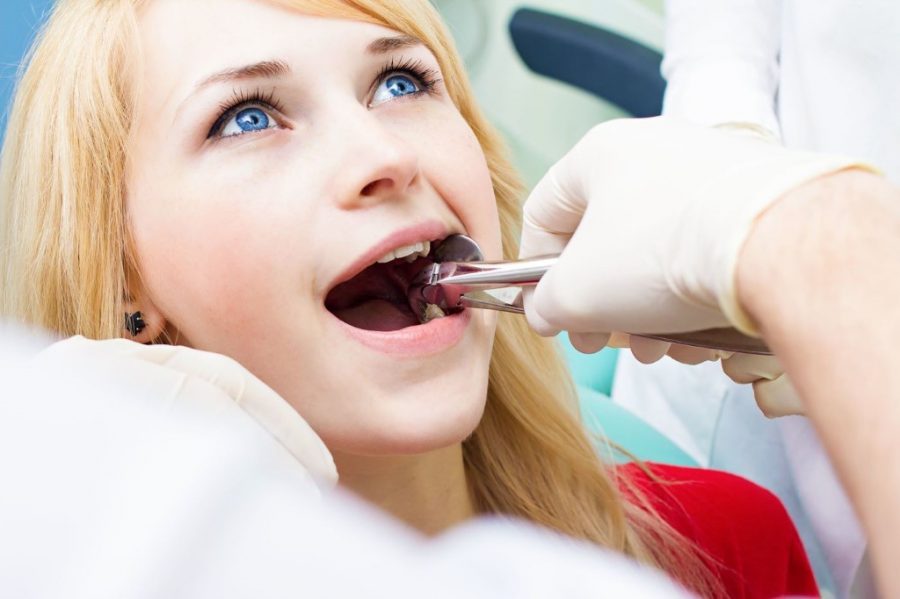
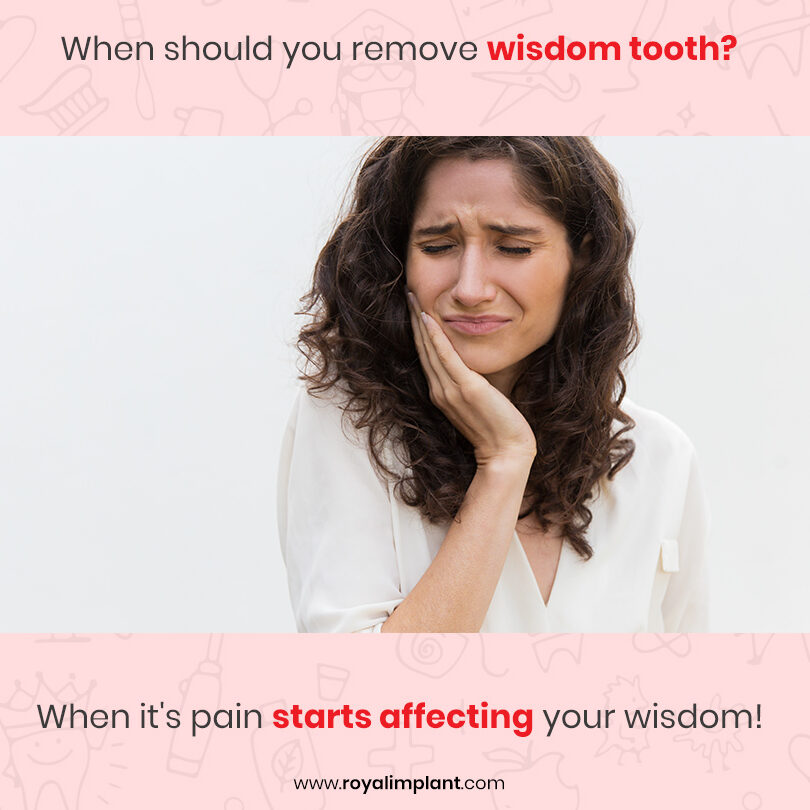
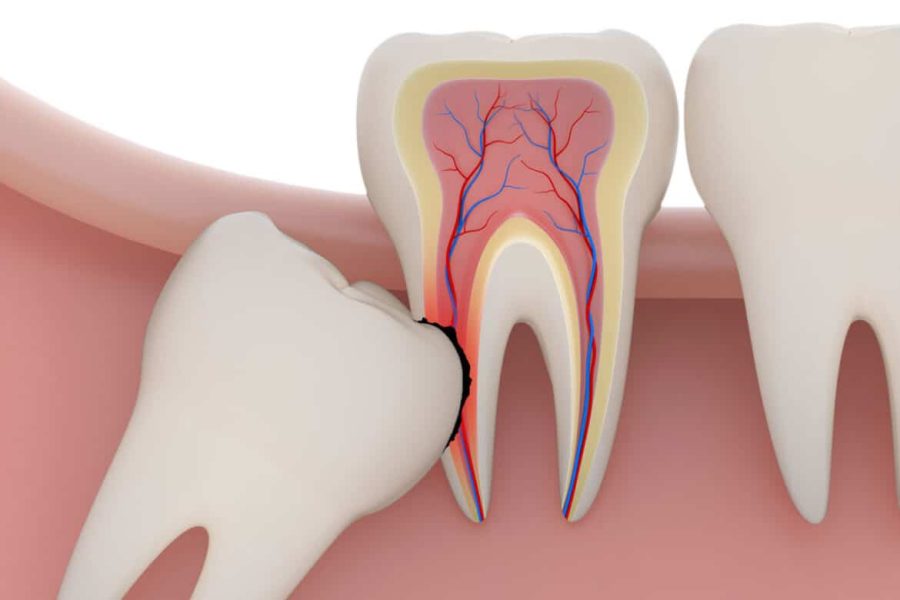
Comprehensive overview of the extraction process
A dental crescendo where a tooth says goodbye is called extraction. To guarantee the least amount of discomfort and the best possible healing, the procedure entails careful steps:
- To provide a pain-free encounter, local anaesthetic is administered before the voyage begins.
- Using sophisticated devices, the dentist carefully loosens the tooth from its socket.
- Extraction: The tooth is taken out with extreme precision, frequently moving quickly and under control.
- Advice on post-extraction treatment, such as how to handle bleeding and whether there might be a brief pause.
It’s not just about removing a tooth; it’s about ensuring the patient’s comfort throughout the procedure and facilitating a smooth recovery.
Dr. Chirag Chamria:
Situations where extraction becomes necessary
- Significant Damage: When a tooth sustains damage that is too great to be repaired, extraction is the only practical course of action.
- Advanced Decay: Teeth with significant decay that threaten neighboring teeth and may require extraction.
- Periodontal Disease: When supporting structures are damaged due to advanced stages of periodontal disease, extraction may be necessary.
- Orthodontic Reasons: In situations where there is crowding, extraction may be suggested to provide room and facilitate orthodontic therapy.
Potential consequences of delayed or avoided extraction
Pain and Anguish: Postponing tooth extraction increases the suffering brought on by a cracked or infected tooth.
Transmission of Infection: A damaged tooth may act as a haven for infection, thus posing a risk to nearby teeth.
Aesthetic Consequences: If extraction is delayed, neighboring teeth may become misaligned, which will affect how your smile looks overall.
Dr. Chirag Chamria’s insights on when extraction is the preferred option
When extraction is the best course of action, our dental master Dr. Chirag Chamria says, “Although I always prioritize preservation, there are times when extraction is the best course of action. The goal is to strike a balance between preserving general oral health and preserving a tooth. Since every scenario is different, a customized strategy is needed.”
Root Canal Treatment (RCT): Preserve Your Natural Tooth
Within the field of dentistry, Root Canal Therapy (RCT) is the concertmaster responsible for maintaining your natural tooth. Let’s examine the process, its benefits over extraction, and Dr. Chirag Chamria’s long-lasting success stories as we delve into the nuances of this dental marvel.
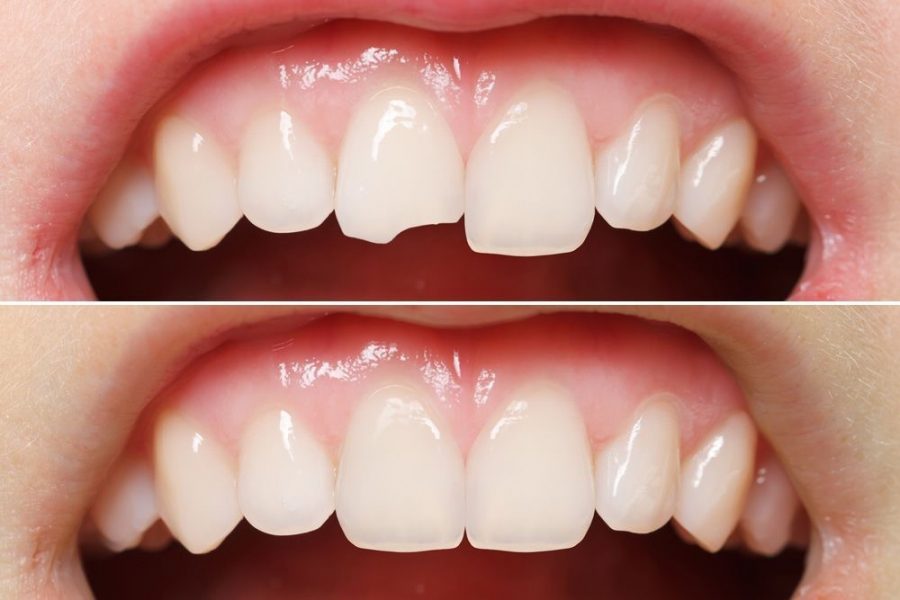
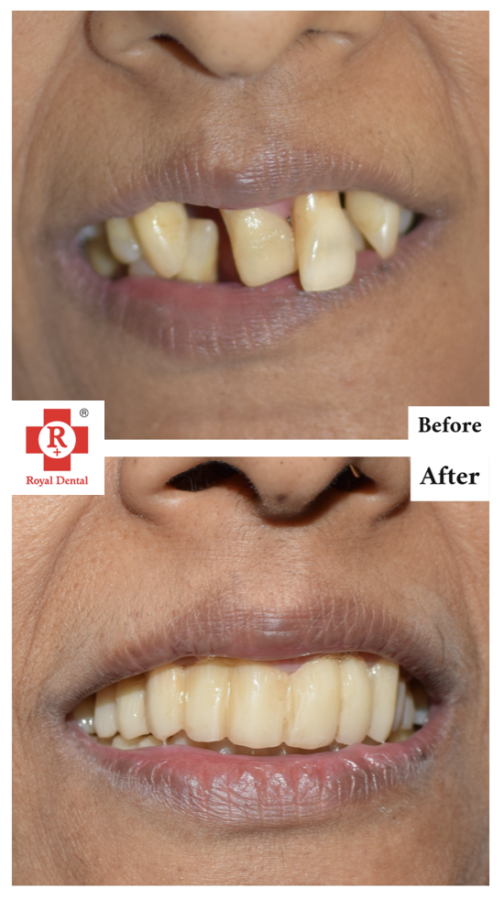

In-depth explanation of the RCT procedure
To determine the extent of pulp damage, a comprehensive examination and diagnostic imaging are performed at the beginning of the journey. During the operation, a pain-free experience is guaranteed thanks to local anesthesia. To gain access to the damaged or contaminated pulp, a tiny aperture is made. Following the cautious removal of the contaminated material, the canal is cleaned and disinfected. After the canal has been cleaned and prepped, it is filled with a biocompatible substance and sealed to stop further infections. To ensure the tooth’s structural integrity, the last step is to restore it with a crown or filling.
Benefits of choosing RCT over extraction
- Preservation of Natural Tooth: Root canal therapy (RCT) enables you to keep your natural teeth, which promotes stability and general oral health.
- Aesthetic Continuity: RCT preserves the aesthetics of your smile by keeping your teeth in their natural position, unlike extraction.
- Functional Integrity: The tooth that has been crowned or filled still functions normally, allowing for healthy biting and chewing.
- Preventing Adjacent Problems: RCT keeps neighboring teeth from moving, preventing any misalignments.
Success rates and long-term outcomes of RCT
Root canal therapy is not just effective in relieving pain right away. High success rates are confirmed by research, and repaired teeth frequently last a lifetime. “The secret to success lies in meticulous treatment and post-treatment care,” stresses Dr. Chirag Chamria. RCT has developed into a dependable and long-lasting solution thanks to technological and methodological breakthroughs.”
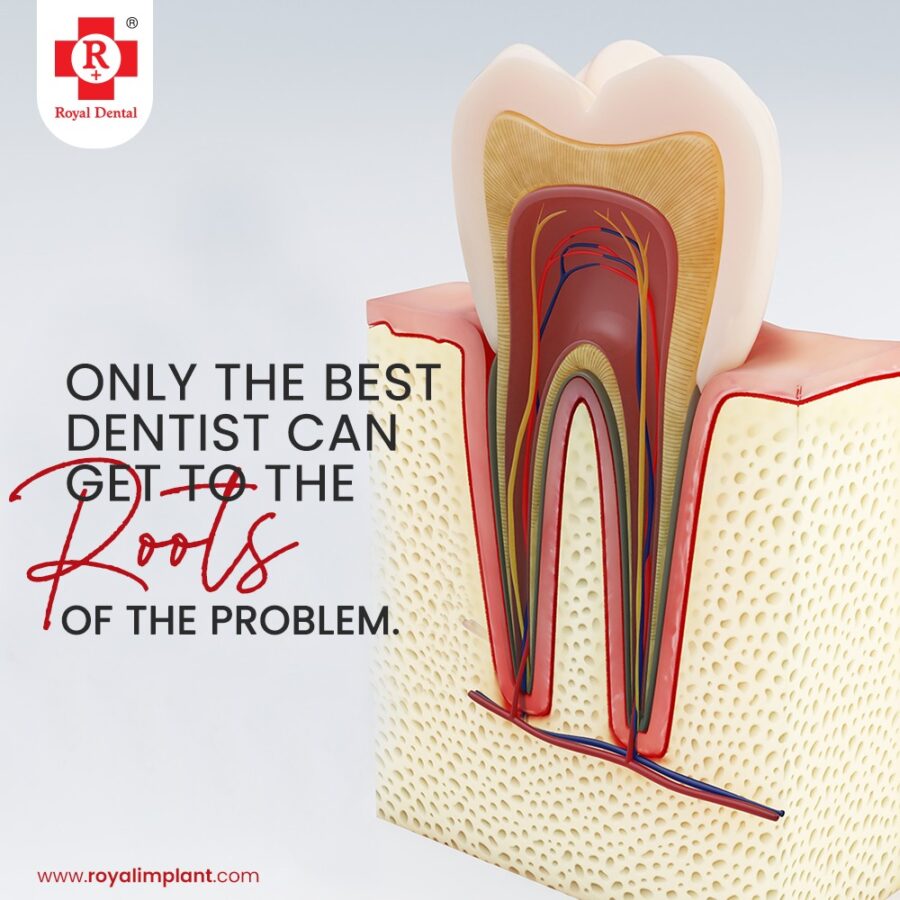
Dr. Chirag Chamria’s experiences and success stories with RCT
With a rich tapestry of experiences, Dr. Chirag Chamria discusses the successes of root canal therapy in maintaining smiles: “I’ve seen innumerable success stories where RCT has not only saved teeth but transformed lives.” These tales perfectly capture the long-term benefits of keeping natural teeth, from reducing discomfort to boosting confidence.”
Comparison: Extraction vs Root Canal Treatment
In the world of dentistry, deciding between extraction and root canal therapy (RCT) is like having to choose between two different routes. Let’s compare the two options, consider the advantages and disadvantages of each, investigate the contributing variables, and uncover Dr. Chirag Chamria’s customized approach to treatment choices.
Pros and cons of extraction
| Pros | Cons |
|---|---|
| Extraction offers a prompt fix that reduces pain and discomfort right away. | Having a tooth extracted might alter how your smile looks, which can affect your confidence. |
| Extraction is frequently a more cost-effective choice when it comes to early expenses. | Losing a tooth can make it more difficult to chew food efficiently and may require more dental work to be restored. |
Pros and cons of RCT
| Pros | Cons |
|---|---|
| RCT promotes long-term oral health by enabling you to keep your original tooth. | Because RCT is so thorough, it usually takes longer than extraction. |
| RCT preserves the aesthetics of your smile by keeping your teeth in their natural position, unlike extraction. | Rarely, there is a chance that reinfection will occur, requiring retreatment or further treatments. |
Factors influencing the choice between extraction and RCT
Injury Severity: The degree of dental injury is a crucial factor. If the tooth can be preserved, RCT is the better option, yet extraction is appropriate in cases where the tooth is severely injured.
General Oral Health: The decision is influenced by the patient’s oral health history and the state of the neighboring teeth. When maintaining the natural dental architecture is crucial, RCT is frequently recommended.
Patient Preferences: The decision-making process is influenced by the patient’s preferences, particularly their willingness to commit time and resources.
Financial Aspects: The decision between extraction and RCT may be influenced by financial limitations. Even if extraction is initially less expensive, it’s important to think about the long-term costs of tooth replacement.
Individualised approach to treatment by Dr. Chirag Chamria
Case-by-Case Analysis: “There isn’t a solution that works for everyone. Since every situation is different, several considerations must be taken into account, including the degree of damage, general oral health, and patient preferences.”
Patient Education: “I think that knowledge should be used to empower patients. They can actively engage in the decision-making process if they are informed about the advantages and disadvantages of each alternative.”
Maintaining the Balance between Practicality and Preservation: “Practicality is important, but preservation is also a factor. The goal is to strike a balance between maintaining general oral health and preserving a tooth.”
Conclusion
You get to decide whether to get a root canal or an extraction as this dental drama comes to an end. Our dental genius, Dr. Chirag Chamria, highlights the value of individualized care. Your cracked tooth is more than simply a dental dilemma—it’s a chance for you to make an educated choice that supports your objectives for oral health. Therefore, keep in mind that creating a customized preservation plan for your specific circumstances is just as important as treating a cracked tooth when you find yourself at the intersection of extraction and root canal therapy. After all, a masterpiece is what your smile deserves.



